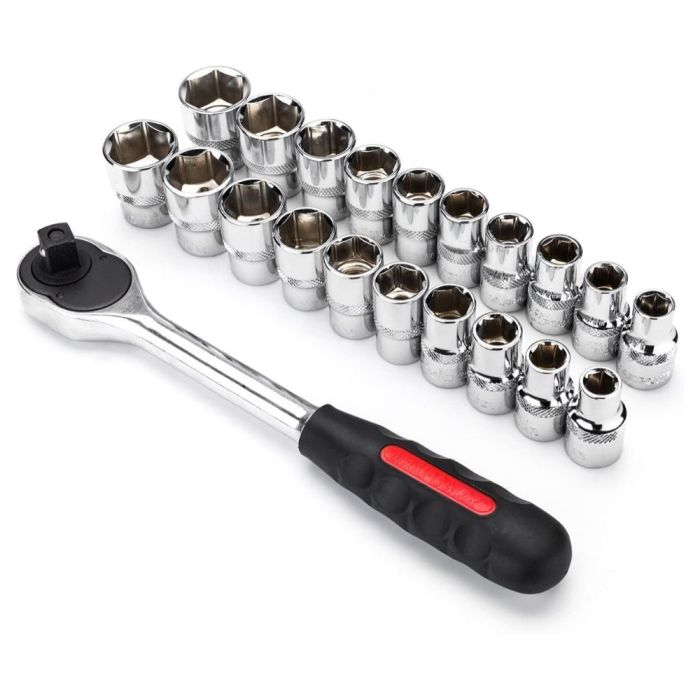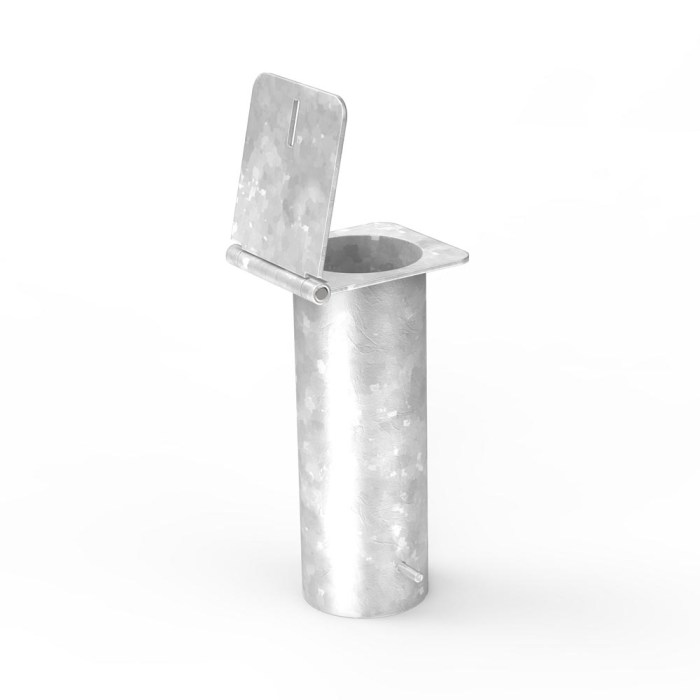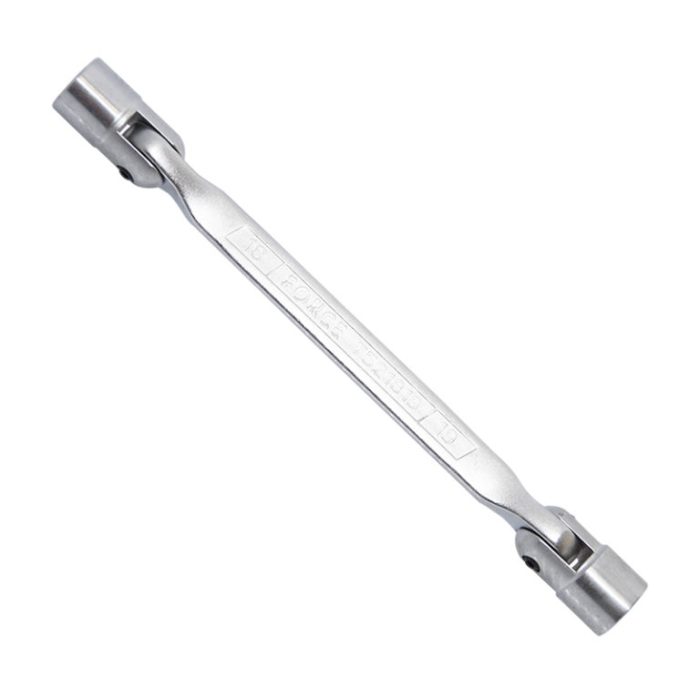Hinged socket handle also known as – Hinged socket handles, also known as hinged socket wrenches or socket handle wrenches, are a type of hand tool designed to provide a secure and comfortable grip while applying torque to nuts and bolts. They offer several advantages over traditional socket wrenches, including improved ergonomics, durability, and versatility.
This article will delve into the various aspects of hinged socket handles, exploring their design, benefits, applications, and maintenance. We will also provide answers to frequently asked questions to enhance your understanding of these essential tools.
1. Overview of Hinged Socket Handle

A hinged socket handle is a type of handle that is used to attach and manipulate sockets and other tools. It consists of a socket that is connected to a handle via a hinge, allowing for a wide range of motion and adjustment.
There are various types of hinged socket handles available, each designed for specific applications. Some common types include:
- Standard hinged socket handle:A basic handle with a single hinge and a fixed socket.
- Universal hinged socket handle:A handle with a universal joint that allows for a wider range of motion.
- Ratcheting hinged socket handle:A handle with a ratcheting mechanism that allows for quick and easy tightening and loosening of fasteners.
Hinged socket handles are commonly used in various industries and applications, including automotive repair, construction, and manufacturing. They offer several advantages over other types of handles, such as improved ergonomics, increased torque, and versatility.
2. Benefits of Hinged Socket Handles

Hinged socket handles offer several benefits over other types of handles:
- Improved ergonomics:The hinged design allows for a more comfortable grip and reduces strain on the wrist and forearm.
- Increased torque:The hinge mechanism provides additional leverage, allowing for greater torque when tightening or loosening fasteners.
- Versatility:Hinged socket handles can be used with a wide range of sockets and attachments, making them suitable for a variety of tasks.
- Durability:Hinged socket handles are typically made from durable materials such as steel or aluminum, ensuring longevity and resistance to wear and tear.
3. Design Considerations for Hinged Socket Handles

When selecting a hinged socket handle, several key design factors should be considered:
Material selection
The material used for the handle and socket is crucial for durability and performance. Common materials include:
- Steel:Provides high strength and durability, but can be heavy.
- Aluminum:Lighter than steel, but may not be as durable.
- Composite materials:Offer a combination of strength and lightness.
Handle shape
The shape of the handle affects grip and comfort. Ergonomic handles are designed to minimize strain and fatigue during prolonged use.
Surface finishes and coatings, Hinged socket handle also known as
Surface finishes and coatings can enhance the handle’s performance and durability:
- Chrome plating:Provides corrosion resistance and a smooth finish.
- Powder coating:Offers durability and resistance to scratches and wear.
- Rubber grips:Enhance grip and reduce vibration.
4. Applications of Hinged Socket Handles
Hinged socket handles are particularly well-suited for applications that require precision, torque, and versatility:
Automotive repair
Hinged socket handles are widely used in automotive repair for tasks such as tightening and loosening bolts and nuts in confined spaces.
Construction
In construction, hinged socket handles are used for assembling furniture, installing fixtures, and tightening screws.
Manufacturing
Hinged socket handles are used in manufacturing for tasks such as assembling machinery, tightening bolts, and adjusting equipment.
Limitations and considerations:
- Hinged socket handles may not be suitable for applications where high torque is required, as the hinge can limit the amount of force that can be applied.
- In some cases, the hinged design may not allow for access to fasteners in tight or obstructed areas.
5. Maintenance and Care of Hinged Socket Handles
Proper maintenance and care of hinged socket handles are essential for optimal performance and longevity:
Cleaning and lubrication
Regularly clean the handle and socket with a mild detergent and water. Lubricate the hinge with a light oil or grease to ensure smooth operation.
Inspections and repairs
Inspect the handle and socket for damage or wear. Tighten any loose screws or bolts, and replace any damaged components promptly.
By following these maintenance procedures, hinged socket handles can provide years of reliable and efficient service.
Expert Answers: Hinged Socket Handle Also Known As
What are the different types of hinged socket handles?
Hinged socket handles come in various types, including straight, offset, and flexible handles. Each type is designed for specific applications and provides different levels of accessibility and maneuverability.
How do hinged socket handles improve ergonomics?
Hinged socket handles reduce strain on the wrist and hand by allowing the user to apply force in a more natural position. The ergonomic design helps prevent fatigue and discomfort, especially during prolonged use.
What materials are commonly used for hinged socket handles?
Hinged socket handles are typically made from durable materials such as steel, chrome vanadium, and aluminum. The choice of material depends on the intended application and the required strength and corrosion resistance.